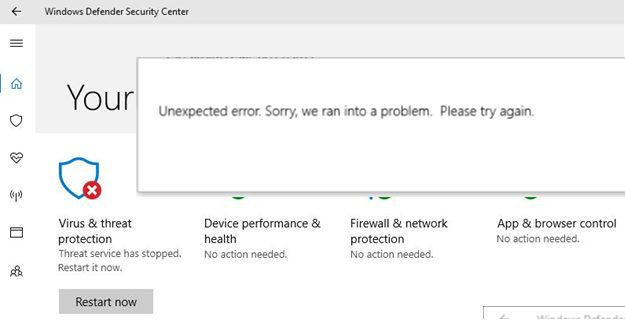

Our Tip: Learn about how Wi-Fi interference from other networks can affect your speed! If it can pick up a signal in a closer room, you may have a long-range signal issue, not a Wi-Fi connection problem. Can you connect if you move your device closer to your router? If you normally have a strong signal in rooms far away from your router but suddenly can’t connect, take your device closer to your router.Check other sites or use another web browser to verify whether it’s your Wi-Fi or just a specific site. Are other websites or internet browsers working? Sometimes, certain websites or servers go down.Did your Wi-Fi password change recently? You may need to reenter the new password in your device if it didn’t automatically save the changed passkey.You might have to manually make it connect to your home network and forget the other one. Is your device trying to connect to a different Wi-Fi network? Although your device typically connects right to your home Wi-Fi network, it may be trying to connect to a different network.Is your router unplugged or did power to it cut out? Your solution may be as simple as restarting your router or plugging it back in.There had to be unsaved changes to prompt the above behaviour. Interestingly enough, when testing this Windows 10 allowed the drive to be ejected even though Word was running. This could be to finish off the task, save the changes to the file and close down the application. The user then knows the application using the USB drive, and can take the appropriate action. When trying to eject the USB drive, the executable and its Process ID (PID) are returned. No need to run additional tools!Īs an example below, Microsoft Word from Office 365 Professional Plus had a file opened on the E: drive with pending changes that had not been saved. Windows 10 reports this into the System event log in EventID 225. Previously this would mean using Sysinternals Process Explorer or handle.exe to figure which process had a lock onto the file. Or at least, we will try…Īlas, no! There is a problem ejecting the USB mass storage device. In the below example, the USB flash drive E: will be ejected. How to track down which application is using the drive? Eject, Eject, Eject Imagine the scenario you go to eject a USB disk drive or USB flash and Windows tells you that it is still in use.



This is one of those little things that make life much, much easier.


 0 kommentar(er)
0 kommentar(er)
